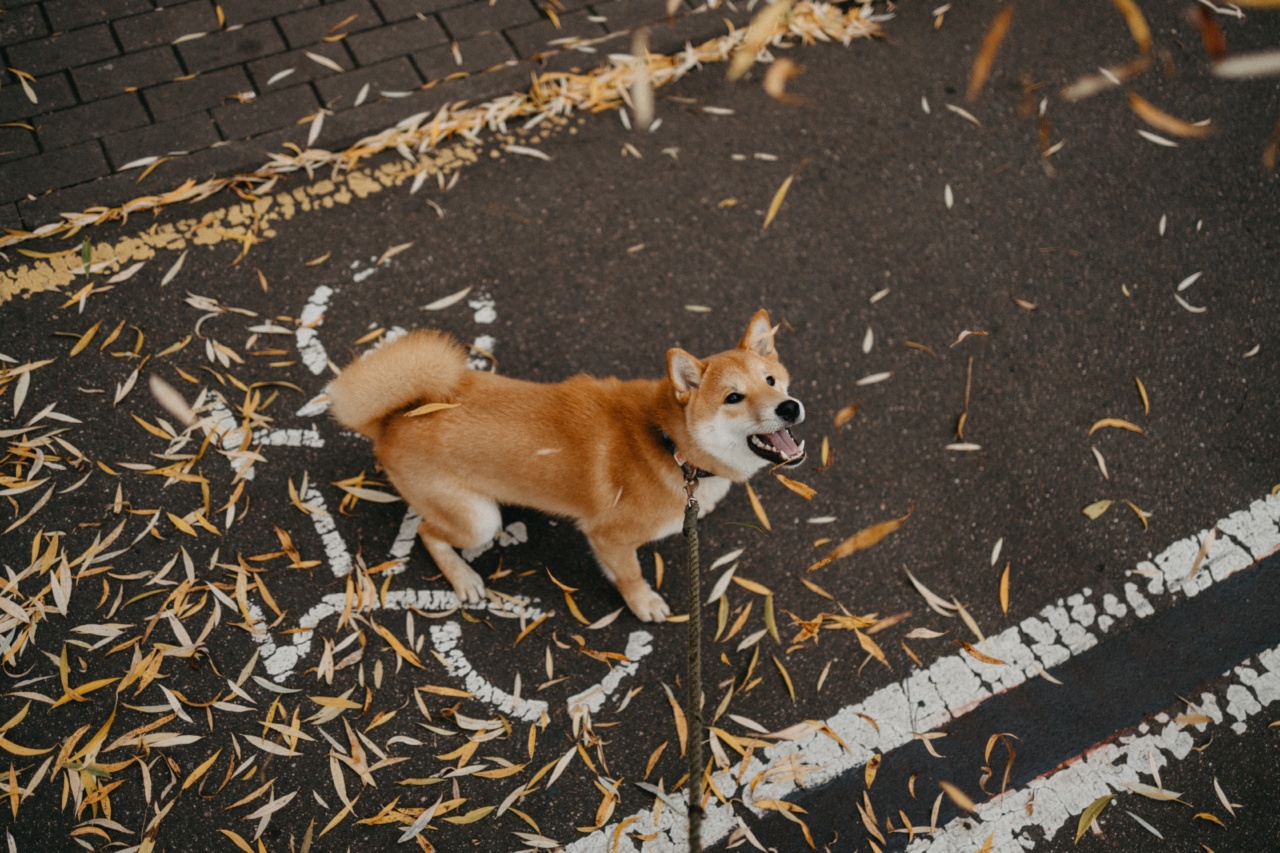If your dog is prone to jumping, barking, and whining, this behavior can be frustrating and challenging to control.
While it’s natural for dogs to have these tendencies, it’s essential to train them positively to prevent these behaviors from becoming problematic. Here are numerous techniques that can help you in stopping your dog from jumping, barking, and whining:.
1. Teach Basic Commands to Your Dog
One of the core methods to stop your dog from jumping, barking, or whining is by training them.
Basic commands like “stay,” “sit,” “down,” and “come” are the initial steps in forming a connection with your dog and their discipline. Teaching your furry friend the essential commands will assist you in controlling them during certain situations.
2. Ensure Regular Exercise and Exercise Control
Frequent training and exercise control schedules can prevent your dog from becoming restless, anxious, and agitated, leading to jumping, barking, and whining behaviors.
Try to ensure that they regularly receive adequate exercise, especially larger breeds that require more work and stimulation. Dogs that might not get frequent exercise or stimulation will tend to use these behaviors to seek attention from you or other family members.
3. Use Positive Reinforcement
Positive reinforcement remains a fundamental training principle, and it’s essential to encourage good behavior patterns in your furry friend.
Every time your dog behaves appropriately, reward them with food treats, petting, and praise – anything to encourage them to repeat the same behavior. With positive reinforcement, properly training your dog will be a fun and simple process.
4. Avoid Encouraging Negative Behaviors
While not the only way dogs learn, they tend to repeat behavior that is reinforced. Therefore, it would be best to avoid encouraging jumping, barking, or whining behaviors, even if it may seem cute or sweet.
When your pet shows these behaviors, ignore it, withholding treats, attention, and affection. Your dog will soon learn that jumping, barking, or whining doesn’t get them rewarded.
5. Be Consistent During Training
It’s critical to be consistent during your dog’s positive training program and when discouraging negative behaviors.
Repeatedly calling them out for exhibiting the same incorrect behavior patterns confuses your pet and will cause inconsistency in their reactions. Trying to change your dog’s behavior requires patience and consistency.
6. Consider Professional Training
In situations where there might be particularly stubborn dogs or the pet is displaying more severe behavioral issues, it can be worth seeking guidance from a professional dog trainer.
A qualified trainer can help develop a tailored training program for your dog according to their unique needs and personality, effectively solving problem behavior habits.
7. Reinforce the Commands and Habits Over Time
While positive reinforcement may be the key to achieving the desired behavior from your dog, it’s essential to reinforce these habits over time.
Tying the training to rewards for good behavior can help your dog understand that consistent positive behavior will earn them recognition. With time, positive training techniques can transform your dog’s behavior habits and strengthen their discipline.
8. Avoid Yelling or Punishing
While it can be challenging to remain calm when your dog displays bad behavior patterns, yelling or punishment leads to an increase in negative behavior. Dogs frequently become fearful and anxious when exposed to negative emotional expressions.
Such negativity often increases the likelihood of dogs developing insecurities and negative behavioral patterns.
9. Use Distractions When Necessary
When trying to control tough-to-break behavioral patterns like jumping, using distractions can be useful. Offering your dog a chew toy, ball toss, or another fun activity can shift their attention away from negative patterns and onto positive behavior.
With time and consistent positive training, your dog learns to stop jumping, barking, and whining altogether.
10. Always Stay Patient
When dealing with your dog’s behavior, patience is the key. Trying to change bad behavior can take time, and consistency is the only way to make a difference.
Avoiding yelling and punishment is an essential step and using positive reinforcement while training will yield the best results over time. It’s essential to stay patient and positive as you train your furry friend to learn new behaviors.
Conclusion
Correcting your dog’s behavioral problems such as jumping, barking, and whining is a challenging process, but with the right approach and willingness to learn, your dog can master positive behavior habits and control their behavioral tendencies.
Using positive reinforcement, professional training, and regular exercise, you can effectively train your dog and eliminate frustrating behaviors. Remember that the key is to remain patient, consistent, and maintain a positive attitude towards your furry friend.
























